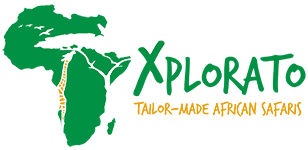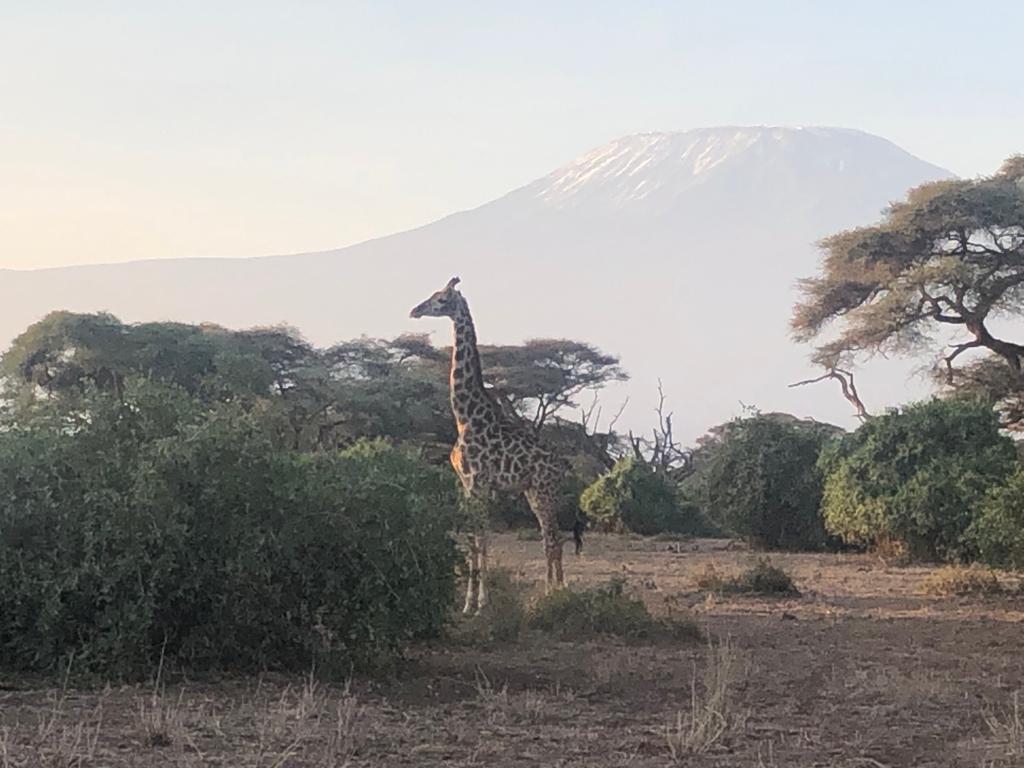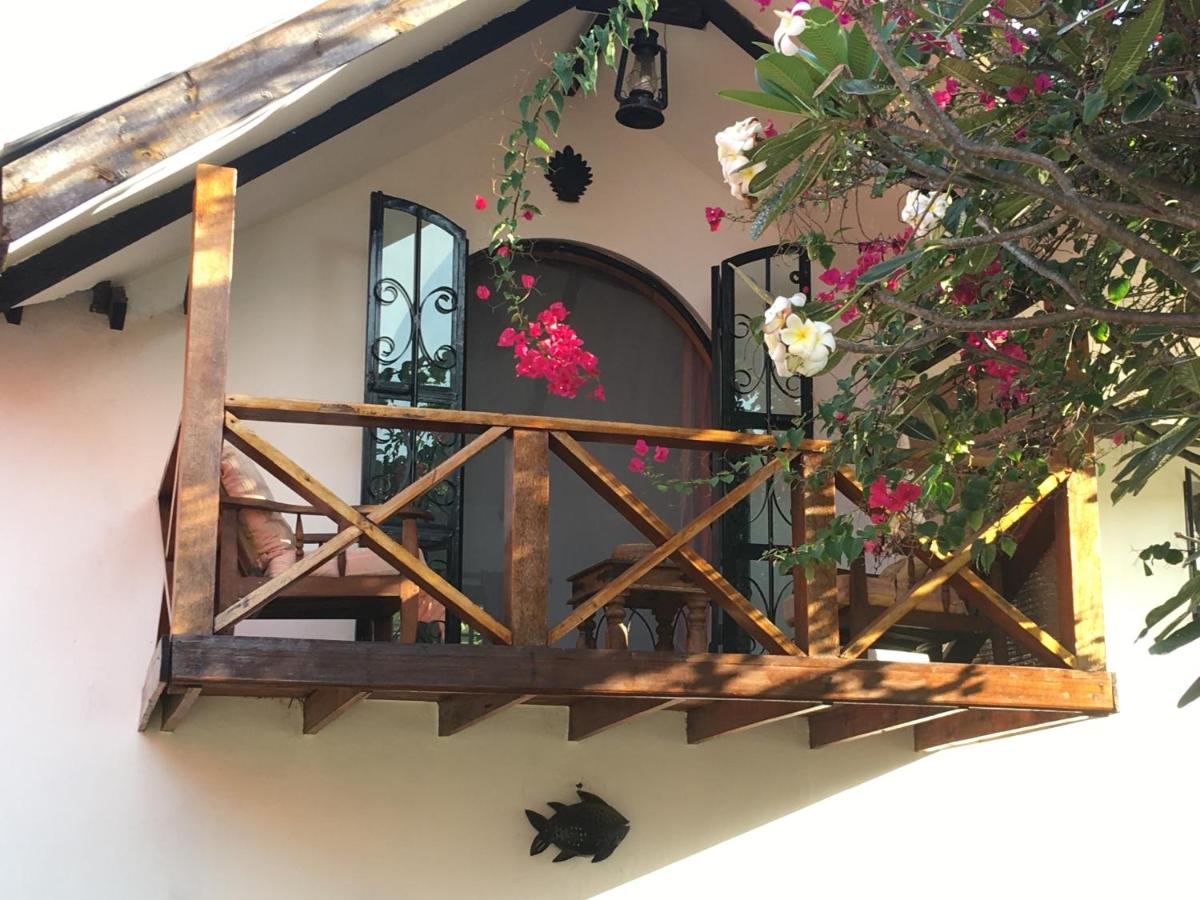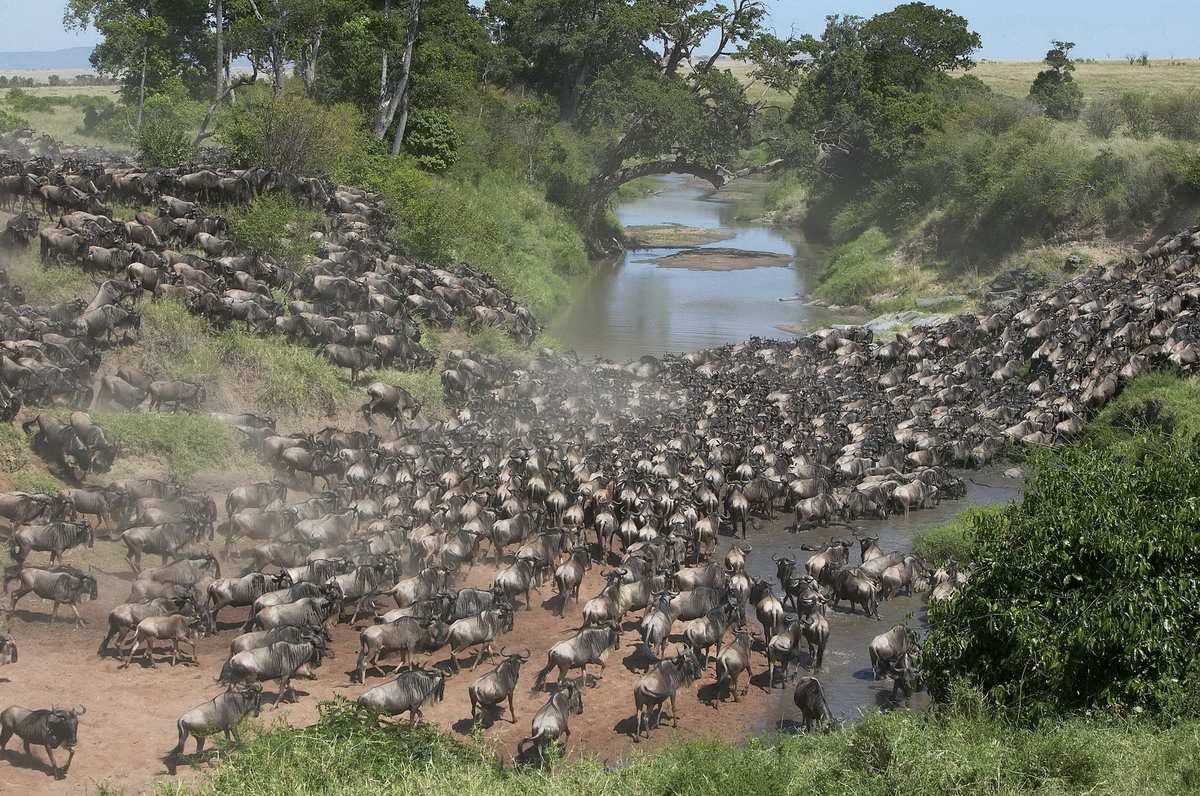
A Few Tips On Taking Pictures While On A Kenyan Safari
A Kenyan Safari is undoubtedly one of the most varied in East Africa and beyond. From roaring lions, thundering wildebeests and zebras across the Savannah to scenic landscapes, white sandy beaches as well as cultural and honeymoon safaris. With all these at your disposal to enjoy and endless opportunities during Kenyan Photography Safari to “capture the moment”, the importance of good photography cannot be stressed further.
As a follow up to this article we had done before, consider a few pointers as you click away through your travel venture:-
Know Where You Are Going: As mentioned above, Kenyan safari is varied in many ways; therefore, some knowledge about the places you intend to visit will go a long way when it comes to photography as different wildlife situations will give different viewing opportunities. When visiting a bird sanctuary, for example, be prepared for quick dynamic motions which will require a Digital SLR camera with at least 300 mm or longer lens. Most tour operators have adequate knowledge of their travel environment and can help you a lot with this.
Take Advantage of best Lighting: All your safari photography is about one thing – painting with light. With this in mind, it is of paramount importance to know how to use light with all your shots. You will notice that Sunrise and Sunset are beautiful and golden times for both filming and capturing still-pictures during a Kenyan Photography Safari. It is, therefore, necessary to get to the field early in the morning before sunrise and going out late in the afternoon to make the most of the last hours of sunlight and when the animals become more active. This will greatly enhance the mystique of your photos.
Patience and lots of shots: Unlike your friends, wild animals don’t always keep appointments. Spontaneous actions happen when you least expect them and savannah lions can sleep up to 20hrs a day, just when your camera is all set up to roll. In such cases, consider the National Geographic photographers’ approach – the secret lies in taking as many pictures as possible during the action moments and practicing patience during the mundane.
With the option of modern reusable memory cards in digital cameras as opposed to traditional films, don’t be afraid of taking the same shot over and over until you get it right. You can always delete the ones you don’t like later. Especially for amateur photographers, it may take a hundred shots to make the perfect one. Experiment and take as many shots as you can.
Camera and Gear: It goes without saying that whether you are on a safari for hobby photography or for a profession, the proper camera and gear, or lack of it, will determine the outcome of your wildlife and scenic photography. Landscape photographers are mainly concerned with low-ISO image quality – ability to record fine details, wide dynamic range and accurate colors while shooting static subjects. While wildlife photographers certainly appreciate good image quality with Autofocus speed, high ISO performance and system ruggedness. With these factors in play, be sure to bring along a Digital SLR that is up to the task for all your safari photography.
Having said all the above, make sure you balance time spent behind your camera’s viewfinder and natural viewing. This statement seems quite obvious, you may say, but many photographers are often caught up with technology and social media sharing even in the wild that they forget to ‘feel’ nature around. Therefore, from time to time, make sure you pull yourself into the experience and enjoy the landscape and scenic views in Kenyan Photography Safari.





